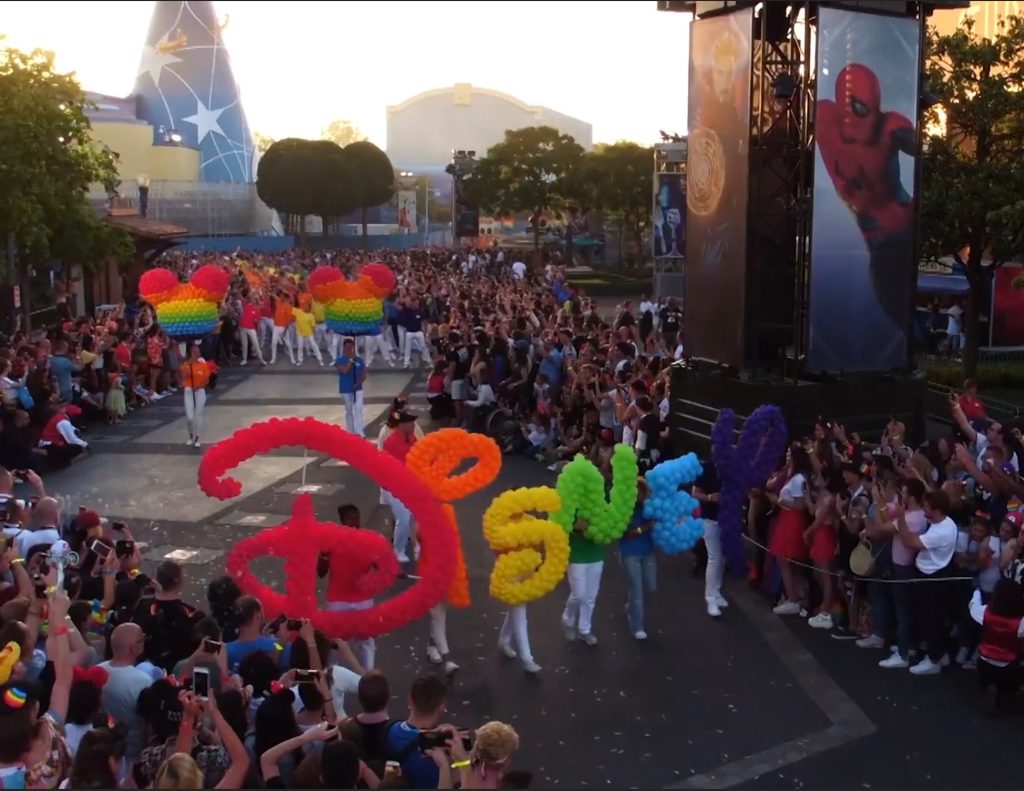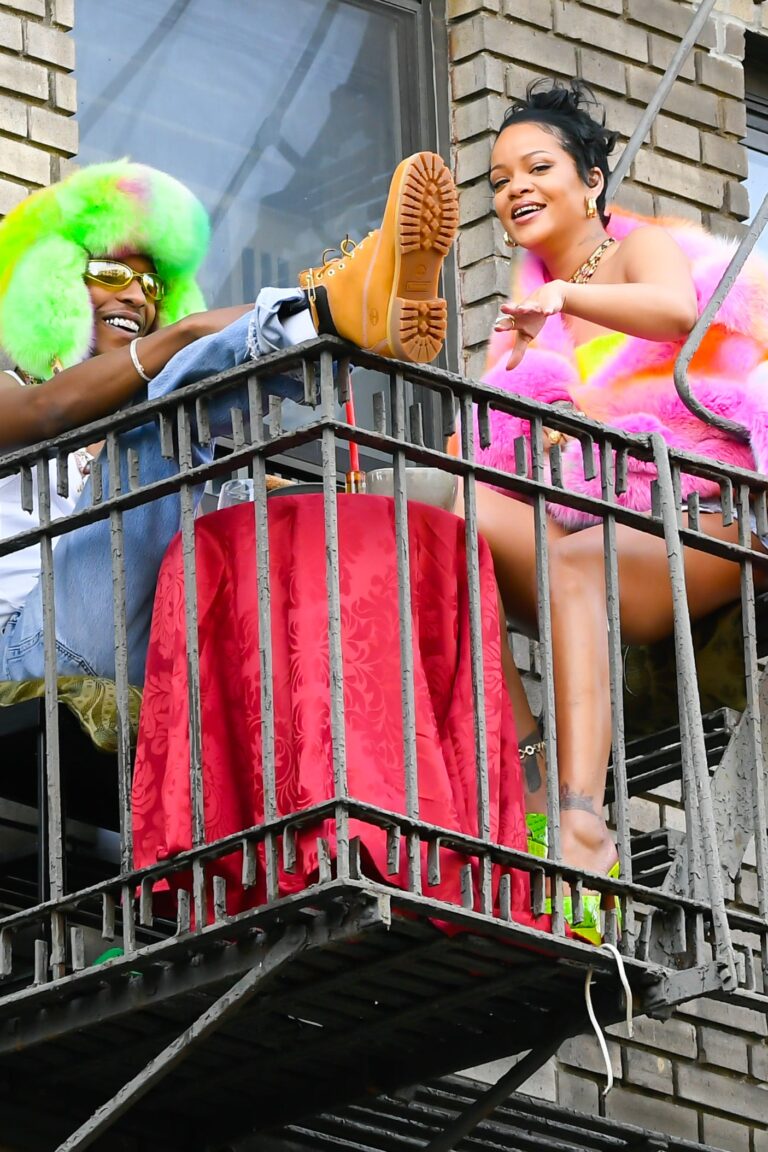
Audience
- Sentiment: Neutral
- Political Group: Progressive
- Age Group: Adult
- Gender: All
Overview
- Disney is shifting its focus from diversity and equality to fostering a sense of belonging among employees.
- The company will evaluate executives based on a new ‘Talent Strategy’ instead of strictly diversity metrics.
- Disney is updating disclaimers on its streaming platforms to acknowledge problematic representations in older content.
Disney’s New Take on Diversity, Equity, and Inclusion: What You Need to Know
In today’s world, the idea of diversity, equity, and inclusion (often shortened to DEI) is on the minds of many people and companies, and it’s especially true for giant corporations like Disney. With an audience that spans across the globe and age groups—from kids to adults—Disney has always been a company that prided itself on being inclusive and representative of different cultures and backgrounds. However, recent changes in the political landscape have prompted Disney to reevaluate its DEI initiatives.
Let’s dive into what this means, why it’s happening, and how it might affect you.
A Changing Political Landscape
In the last few years, the political environment around DEI initiatives has changed dramatically, especially during President Donald Trump’s administration. For some people, DEI efforts came to represent progress toward a more equal and inclusive society. But for others, these programs were seen as unnecessary or even as discrimination against those who did not belong to underrepresented groups. This division in opinion doesn’t just exist among individuals; it is reflected in company policies and practices, leading many organizations to reconsider their approach.
Disney, a company known for promoting values like acceptance and understanding, is no exception. Now, it faces the challenge of balancing its belief in diverse representation with the realities of the political climate. This balancing act impacts not just the company’s reputation but also its employees, audiences, and future projects. So, what exactly is Disney changing in its strategies?
A Shift in Focus: From Diversity to Belonging
In an internal memo from Sonia Coleman, Disney’s Chief Human Resources Officer, it was announced that the company was shifting its approach from focusing explicitly on diversity and equality to nurturing a broader environment of belonging. This change may seem subtle but is significant. Instead of stressing the importance of diversity—meaning the representation of various races, genders, sexualities, and abilities—Disney is emphasizing a feeling of belonging. This means that every employee, regardless of their background, should feel accepted and valued in the workplace.
Why is this shift important? One reason is that merely hiring a diverse workforce does not automatically create an inclusive environment. If employees from different backgrounds do not feel valued or included, the benefits of diversity are lost. The goal now is not just to mix the people up—for example, by hiring more people from underrepresented groups—but to ensure everyone feels they have a place at Disney.
Rethinking Metrics for Success
Another notable change Disney is implementing is the replacement of the Diversity & Inclusion metric, which was previously tied to executive compensation. This is an important change because it affects how leaders are evaluated. Instead of being rewarded for meeting specific diversity targets, executives will now be assessed based on a new “Talent Strategy” factor. This factor measures how effectively leaders uphold Disney’s core values and promote an environment where all employees can thrive.
Imagine if you were playing on a sports team. You would want your coach to not only pick the best players but also to ensure that all team members work well together and feel like they belong. The same concept is being adopted in Disney’s corporate world. By not just focusing on numbers—like how many people from different backgrounds are hired—but on the overall atmosphere of teamwork and respect, Disney hopes to create a workplace that thrives.
Honesty in Content
In addition to internal changes, Disney is also preparing to update disclaimers on its streaming platforms regarding “negative depictions” in its content. Many older Disney films include portrayals that may not align with contemporary values on race, gender, and representation. The company is acknowledging these problematic representations openly, which is an essential step in creating a more honest and authentic space for viewers.
By placing disclaimers, Disney is essentially saying, “Yes, we acknowledge that some of our past content might not reflect today’s standards, and we’re committed to doing better.” This recognition is crucial, as it shows that Disney understands the importance of evolving and adapting to cultural changes. It might be easy to dismiss old films as relics of a different time, but Disney’s effort to address and clarify these representations is a testament to its commitment to presenting content responsibly.
A Legacy of Diversity
It’s essential to remember that Disney has a long-standing history of captivating audiences from all walks of life. From classic films like “Mulan,” which celebrates Chinese culture, to the more recent “Black Panther,” which highlights African heritage, Disney has embraced diverse stories. The commitment to diversity isn’t new for the company; rather, it is evolving to reflect the contemporary landscape.
While I’m talking about Disney’s impact, let’s take a moment to appreciate their ability to create protagonists that are not only diverse but also relatable. Whether it’s Moana’s journey of self-discovery or Elsa’s struggles with her identity, these characters resonate with audiences worldwide. This is what makes Disney so unique; they remind us of our personal journeys while inviting us to learn about others.
Conclusion: Looking Ahead
As we look to the future, it’s important to recognize the balance Disney is striving to achieve. The company understands that it must navigate a complex political climate while staying true to its core values of respect, belonging, and inclusivity. The adjustments to its DEI initiatives and metrics show that Disney is committed to fostering a workplace environment where all employees feel valued, as well as acknowledging its historical contexts through its content.
This endeavor might not be easy, and Disney could face criticism and challenges. However, the willingness to evolve and adapt speaks volumes. It invites us to think about how important it is to not only celebrate diversity but also to ensure that everyone is included, respected, and valued.
In the end, how do you feel about companies like Disney changing their approach to diversity and inclusion? Do you think the focus should remain on diversity, or is belonging a more important concept? Share your thoughts in the comments below!






